Interview: Victor Muller on the Spyker B6 Venator
The Spyker CEO and designer on creating a sports car in 22 days

By Josh Rubin and Evan Orensten
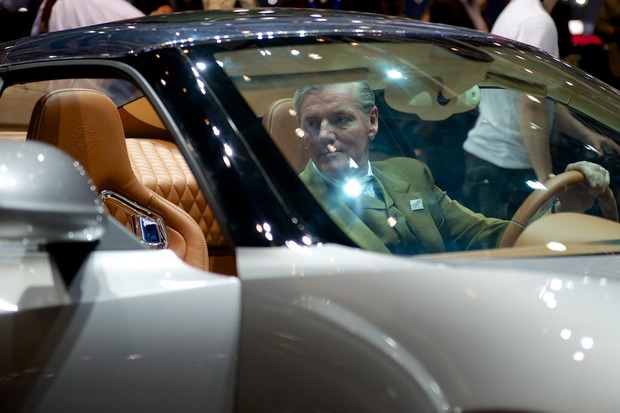
“For the tenacious, no road is impossible.” So goes the Spyker motto, a saying that has taken on new meaning with this week’s unveiling of the Spyker B6 Venator at the 2013 Genenva International Motor Show. Designed by CEO Victor Muller, the mid-engine coupe represents a breath of life for Spyker following what Muller refers to as the “stop era,” a time that saw the demise of dozens of makers—including Spyker’s late parent company, Saab.
Marked by a “cockpit” canopy, “after-burner” rear 3D LEDs and “Turbofan” wheels, Spyker comes heavy on the jet plane descriptors. Down to the ignition switch and exposed gear change mechanism, aircraft controls inform the basic design principles. Leaving performance statistics to its competitors, the Spyker B6 Venator hones in on the joy of driving, a combination of tactile controls, road feel and incomparable materials.
Muller was kind enough to sit down with us to explain the timeline of a three-week turnaround, the ritual of driving and the importance of uniqueness.
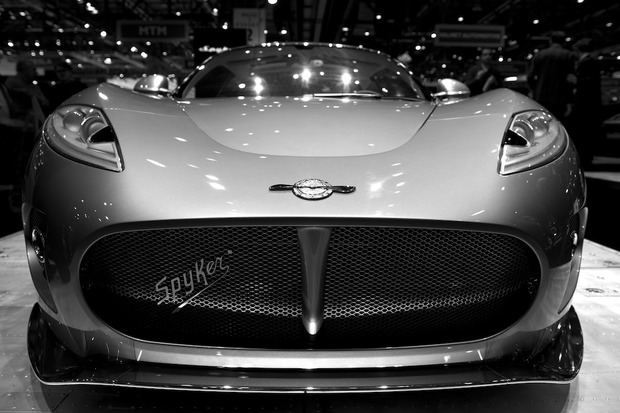
What were some of the things that you had to do differently to bring Spyker back from the “brink of death”?
“Realistically, we should’ve been dead, but I don’t like quitting.”
I didn’t give up—basically everyone left us; we were dead by the wayside. Nobody thought we would overcome the adversities of the stop era, and I must honestly say that was a justified expectation. Realistically, we should’ve been dead, but I don’t like quitting. So I took the company back from the brink and here we are with a brand new car. It’s so satisfying to be able to do that, and I can only say it was worth it. I didn’t start the company 13 years ago to let it go down and stop, and I must say that I’m very encouraged by the reception of this car.
We also acted very quickly. I started to design the car on the sixth of December and on the 28th it was done. In the next two weeks we converted the 2D drawings to 3D and we completely skipped the 3D clay modeling. We just didn’t do clay models. We cut the tools from the virtual 3D model, and this is the car.
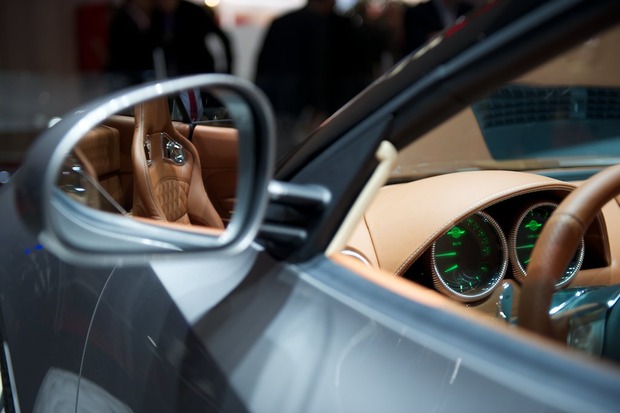
So has that tempted you to just start designing another car every two months?
Well, first of all, we now need to design the Spyder version, which is very exciting. Then we will finish the redesign of the Peking-to-Paris, which is our big SUV, because that car was launched here in 2006 and shown again in 2007. It was great, but unfortunately, that’s now a car that should’ve been out of production rather than in [production] after six to seven years.
I’ve started to redesign that car so as to ensure it’s in the same vein, same handwriting as the Aileron and the Venator. So that car will soon see life and it’ll be here next year.
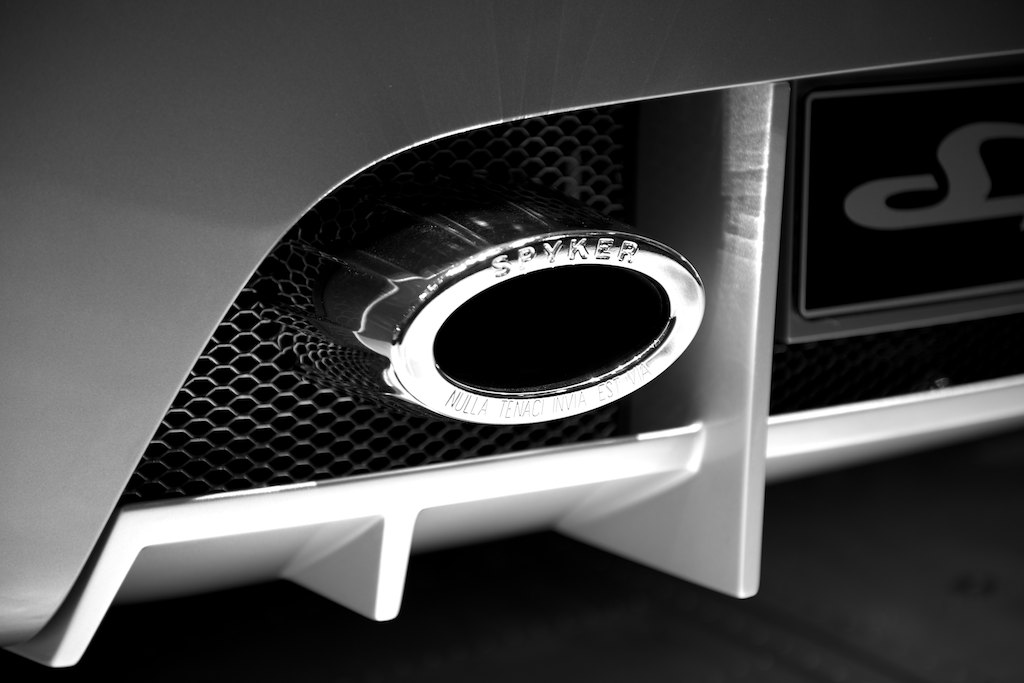
How did you go about designing differently without looking back? Did you have to control yourself to some extent?
“Getting into the car, starting it, has to be a ritual.”
The point that you’re making—a very good point—is that you must try not to go overboard with uniqueness. You have to find your uniqueness in things that do not influence day to day use. And I think we managed to do that. It shouldn’t be like you get into this car first time and you need to read a whole book before you understand how it works. We don’t want to sacrifice the starting procedure of the car because I feel that getting into the car, starting it, has to be a ritual.
It has to be a conscious thing. And in order to make it conscious you have to go through a few hoops in order to do it. You have to sit in the car, you have to flip the switch and you have to put the switch up. You have to push the button, you have to make sure your foot is on the brake and then you can drive off.
I think that our customers love that. It’s a bit of a problem with the valets around the world, but even that our customers love because it’s got some bragging rights hidden in there: “I know how this car works, and you don’t.”
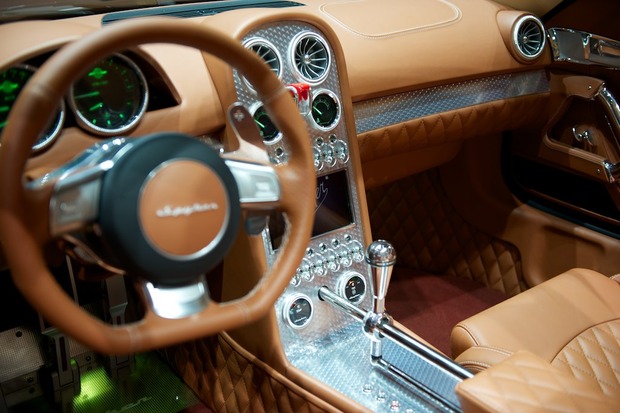
When do you see the B6 Venator coming into production?
First half of next year. That’s the way it’s gonna be.
That’s also pretty fast.
I think it’s very fast, but we will be able to do it—it has everything to do with certification. We have a number of engines we can choose from, but whatever engine we choose, certification is going to be relatively easy because they’re already US certified. We’re only looking at engines that are 50-state engines… So that’s a limiting factor, but fortunately there are plenty of choices.

Is there anything specific about your design that you would say is emblematic of Dutch design?
I wish I could say that. Dutch design is pretty minimalistic and I like a lot of it—this is not minimalist. I don’t think I can claim this car to be minimalistic. Definitely not its interior.
As for the outside, I have toned down the car very much, and I did that very deliberately. Big air scoops are very aggressive, so I toned down my air scoops. I don’t think you want to see the engine in an everyday use for a car—you’d rather have a place to store your Louis Vuitton bag.
So it’s not minimalistic. I don’t think I can claim it as Dutch design, but it is a car which is much more geared toward usability than with anything we’ve ever done before. I really spent a lot of time on trying to get a flowing line through the design, which if you look at from the top you’ll see it goes all the way around, all the way around.
Images by Josh Rubin












